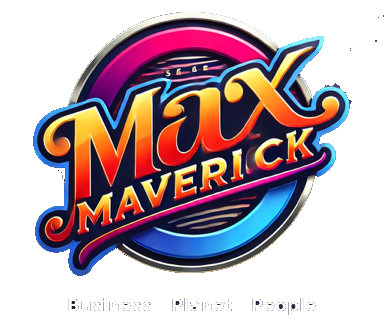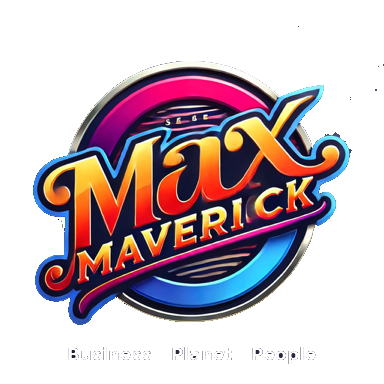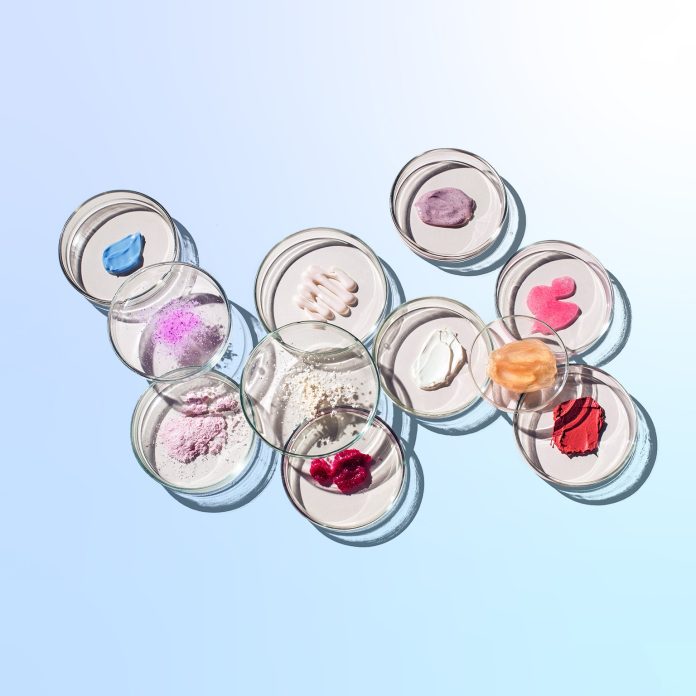The Future of the Global Beauty Industry
The $450 billion global beauty industry, a darling of the consumer goods market, has been white hot, but is the industry’s momentum finally cooling?
For years, a seemingly insatiable appetite for newness in beauty fueled robust volume and even greater pricing growth, with the sector growing 7 percent annually from 2022 to 2024. Now, geopolitical and economic uncertainty, market saturation, and evolving consumer preferences threaten that progress, requiring industry leaders to develop a new growth strategy.
Of course, dynamism in the sector persists in pockets, and the market for beauty is growing—geographically, demographically, and, by definition, among consumers who are expanding their conception of “beauty” beyond core categories to include wellness, broader personal care, and aesthetic treatments. Meanwhile, brands have more avenues than ever to capture consumer attention. But consumers are value conscious, skeptical of hype, and laser focused on whether products deliver.
Looking ahead, we expect the global beauty market to grow 5 percent annually through 2030. In this year’s Beauty Executive Survey, 75 percent of executives say they are doubling down on sales growth, and they expect growth to be less price driven. They also anticipate consumer scrutiny of perceived value to be the biggest theme shaping the industry, with 54 percent identifying uncertain consumer appetite or restricted spending as the greatest risk to the industry’s future growth.
As the puzzle shifts, all beauty players will need to recalibrate by reorienting themselves toward high-growth markets, reconsidering the value they bring to their products, and refreshing their commercial functions. Here’s what to expect from the global beauty market in the coming years (For more insights, download the full 2025 edition of our annual report, The State of Fashion: Beauty.)
Growth—and challenges—color the industry’s outlook
Opportunities in beauty remain, but headwinds, including consumer fragmentation, category pressure, and regional disruptions, obstruct the path ahead.
In the United States, the beauty market is still an attractive play, given its size and strong market fundamentals. But political volatility clouds forecasts (in our report, readers will find growth projections for the structural base case, which assumes a benign macroeconomic environment, as well as projections for the downside case, which assumes persistent macroeconomic challenges).
In markets such as Latin America and the Middle East, wealth is growing, presenting an opportunity for global brands—but not without competition from local players. We expect the Chinese beauty market to rebound in the midterm, though growth is unlikely to reach prepandemic rates. Europe will grow in line with global trends, though economic challenges may dampen volume growth in the region.
Global beauty executives we surveyed say they are looking to India and the Middle East for the industry’s most promising growth (Exhibit 1), though fewer are bullish on China. While India and the Middle East are bright spots in the market, growing there means brands need to familiarize themselves with local consumer preferences and tastes and adapt to them. When we asked consumers in India what beauty means to them, for instance, 58 percent say beauty means feeling confident (less than half of consumers in India, meanwhile, say they think beauty means keeping up with the latest trends).
Consumers turn up the heat
The world is changing, and so are consumers’ beauty preferences. Shifting demographics have splintered traditional consumer profiles. Yesterday’s segments no longer hold, and sophisticated consumer insights and hyperpersonalization are now table stakes.
Then there is the question of value. A strong uptick in beauty spend, plus higher inflation and greater access to information, has pushed shoppers to pay closer attention to whether products deliver. Consumers may still consider beauty to be an affordable discretionary item, but that doesn’t mean the industry should take for granted the “lipstick effect” (that is, when consumers continue to spend on modest luxury items, such as lipstick, even while the economy weakens). Consumers are selectively splurging across not only consumer discretionary categories but also beauty subcategories.
This suggests that consumers ascribe value to beauty products differently depending on the product. Skin care items such as facial serums are more splurge-worthy than facial cleansers or lip balms, consumers tell us (Exhibit 2). Products that address key concerns or have meaningful performance differentiation are likely to entice consumers to splurge.
Commercial functions are due for a refresh
Two of a beauty organization’s most important commercial functions—marketing and sales, as well as distribution—are in the midst of a reckoning of their own. The saturation of paid-marketing channels has made digital ads less effective and more expensive. Brand marketing can help rebalance the scales, but only if beauty players can be truly original.
The channel landscape is also in flux. By 2030, we expect online channels to account for nearly one-third of global beauty sales (up from 26 percent in 2024), the highest share of any channel (Exhibit 4). Specialty retailers and mono-brand stores are likely to maintain their share of sales, while department stores and drugstores could see their share of sales decline.
Even so, consumers still prefer brick-and-mortar stores for discovery and purchase, while e-commerce (specifically marketplaces) have become a go-to destination for shopping and replenishment. The convenience and accessibility offered by e-commerce, thanks to widespread discounting and überfast shipping, has reshaped the category, though for both brands and retailers, some of these practices may dilute brand positioning or margins. Instead of trying to compete on speed or promotions—a race to the bottom—executives can focus on creating compelling omnichannel shopping experiences and exploring the use of tools such as agentic commerce.
As for AI, to date, only 10 percent of executives surveyed are using AI regularly, and 60 percent are still in an exploratory phase. More robust AI adoption—in areas such as research and development, quality control, social listening, and marketing personalization—could help create more profitable growth. However, when used in any consumer-facing capacity, caution should be taken to avoid eroding customer trust.
FAQ
What are the key challenges facing the global beauty industry?
The global beauty industry is facing challenges such as geopolitical and economic uncertainty, market saturation, and evolving consumer preferences. These factors are impacting the industry’s growth and require a new strategic approach from industry leaders.
Where are the most promising growth opportunities for beauty brands?
According to global beauty executives, India and the Middle East are seen as the most promising markets for growth. Brands looking to expand in these regions need to understand local consumer preferences and adapt their strategies accordingly.
How are consumer preferences changing in the beauty industry?
Consumers are becoming more value-conscious and selective in their beauty purchases. They are paying closer attention to product efficacy and are willing to splurge on items that address key concerns or offer meaningful performance differentiation.
Conclusion
While we expect beauty to maintain its allure—both to investors and consumers—the era of more-is-more consumption has ceded ground to a new focus on value, differentiation, and individuality. Addressing these factors can help beauty players solve the growth puzzle at hand.


